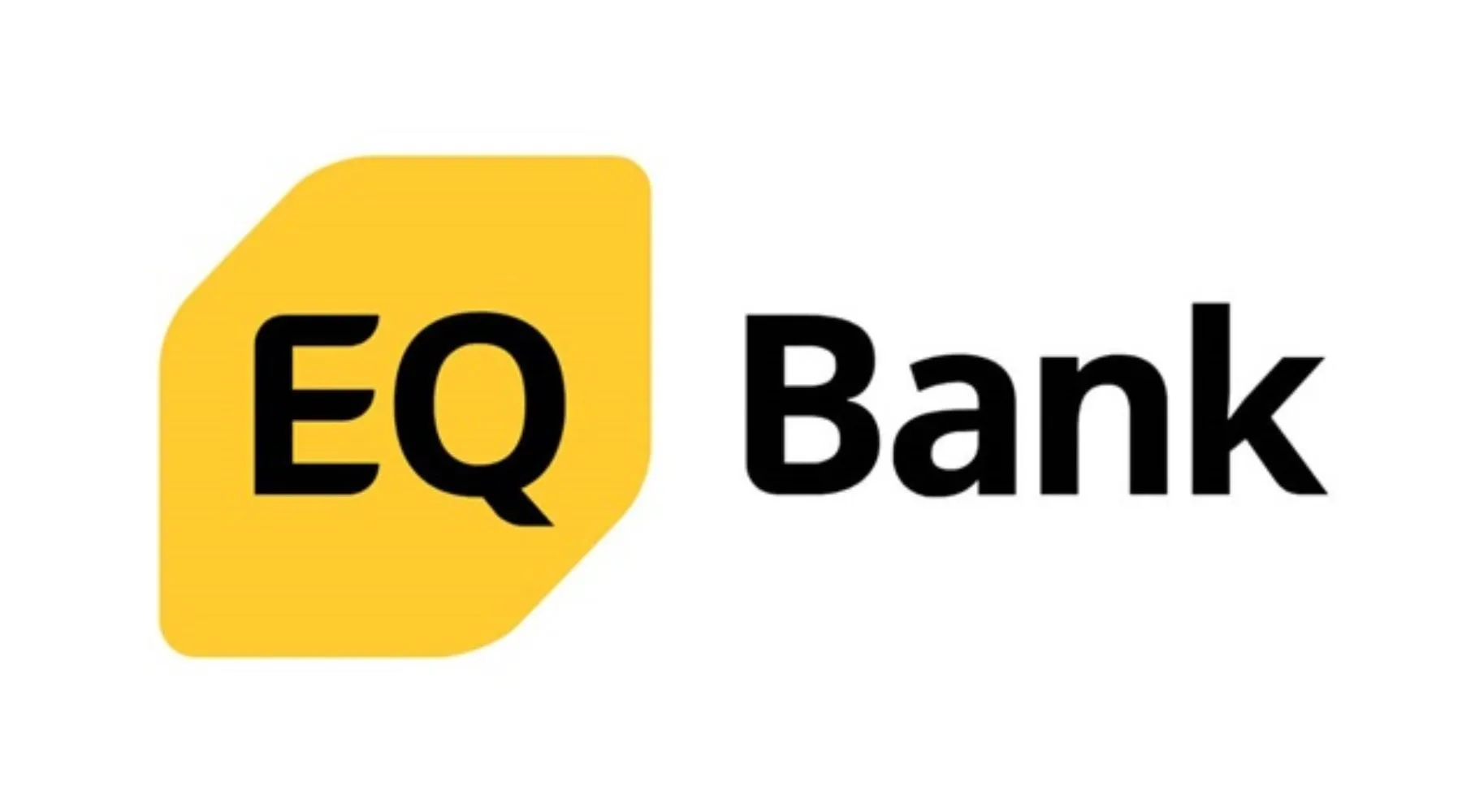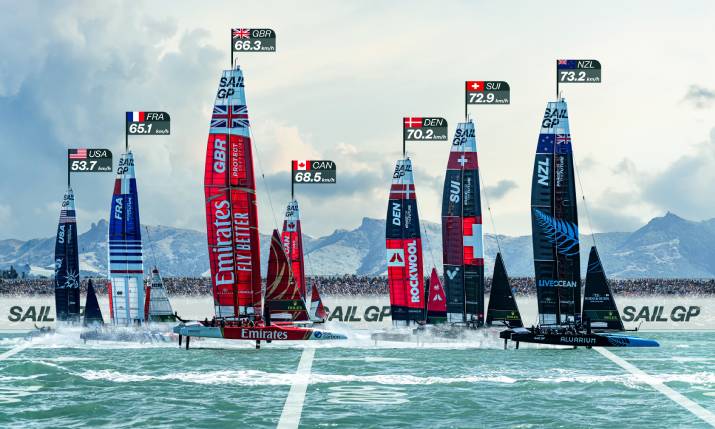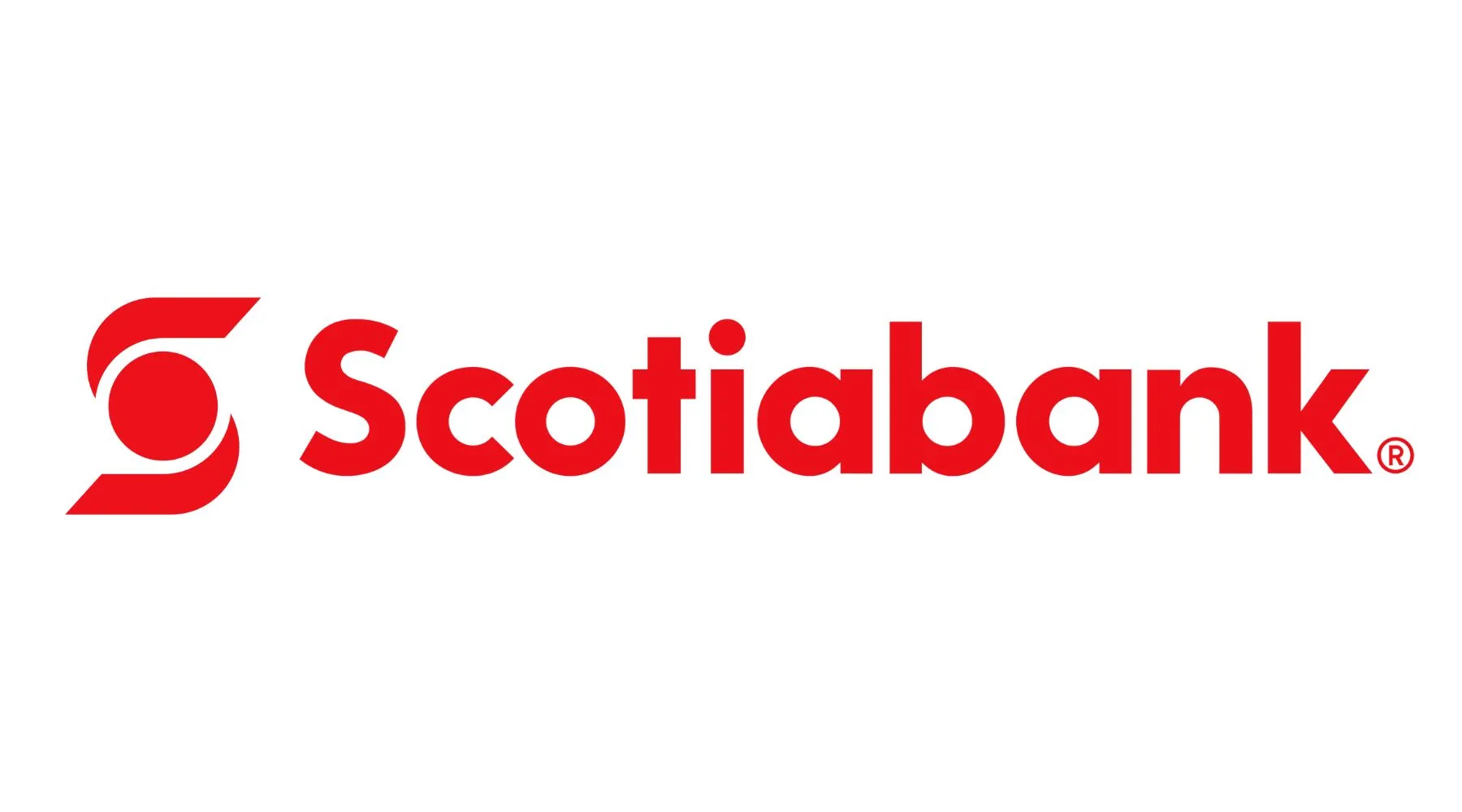Germany’s team for the Women’s World Cup 2023 celebrate an early win
German broadcasters ZDF and ARD are producing the Women’s World Cup using secure reliable transport (SRT) streams for the first time ever for a major sports event. While ZDF used SRT for the audio description for the European Championships 2022 in Munich, this event marks the broadcaster’s initial usage of it for a key competition.
All 64 games of the World Cup are being made available on ZDF and ARD live on TV, streamed over the top (OTT), and in each broadcasters’ media libraries.
With a rights deal via the EBU for Germany plus France, Italy, Spain and the UK only coming in at the last minute in June, ZDF and ARD had to prepare for the tournament beforehand, just in case a deal was struck.
On the challenge of producing this with the last minute rights acquisition, Florian Rathgeber, head of engineering at ZDF, tells SVG Europe: “We had to determine several deadlines for different parts of the whole production: rental equipment, hotels, shipping, staff acquisition, etc. Whenever we hit one of these deadlines we had to reduce something. For example that is why ZDF has no audience in the TV studio for German matches.”
André van Lengen is an outside broadcast engineer at Norddeutscher Rundfunk (NDR), a German public broadcaster based in Hamburg and member of ARD, the joint organisation of Germany’s regional public service broadcasters. NDR is responsible for the ARD side of the Women’s World Cup production, while ZDF is producing its own content and providing NDR with a centralised operations at its National Broadcasting Centre (NBC) for getting the live feeds into its own network.
Read more about the ZDF and ARD National Broadcasting Centre
Van Lengen says: “The short preparation time after acquiring the rights was a big challenge. From the very beginning, we made a technical plan assuming the broadcast would be secured, to avoid any time constraints. A significant advantage was the ability to incorporate a large portion of the content acquisition and cross-media distribution concept from Euro 2022.”
“The quality of SRT signals is very convincing. In fact, during this event they are even faster than satellite transmission, as complex encryption processes lead to significant latency in satellite signals. With conventional signal transmission, we sometimes encountered disruptions due to damaged fibre optic cables or weather-related issues with satellites. So far, SRT has been running completely error-free”
ZDF started its planning process for the tournament with a small planning group at the end of last year during the FIFA World Cup in Qatar. Notes Rathgeber: “We set up several scenarios, from a bigger on site presence to the absolute minimum, which we are actually doing right now.”
For ARD, the planning began earlier this year says van Lengen: “Fortunately, we have a team that handles the planning of all sports events, such as handball and athletics championships, as well as the Olympic Games. Therefore at the beginning of the year we were able to expand the team by a couple of colleagues. We started by planning the studio in Hamburg first and assessed the requirement for additional personnel for the event, ensuring that we informed the schedulers well in advance.”
Neither broadcaster created any costs or commitments prior to the rights situation being resolved.
NDR’s studio for the Women’s World Cup 2023
SRT from the IBC
Neither have a presence at the IBC in Australia this year. Instead, both broadcasters, with ARD supported by NDR in Hamburg and the Sportschau editorial team at WDR in Cologne (Sportschau is a German sports magazine programme on ARD, produced by WDR) take the world feed direct to ZDF and ARD’s NBC in Mainz that ZDF is working directly out of.
Both broadcasters realised that they would not be present at the IBC early on in planning. Van Lengen says: “It was evident that the presentation of the World Cup should not take place on site for both economic and ecological reasons. Through past events, we have already gained experience in transforming the footage from on site camera teams into stories here in Hamburg. Additionally, remote technical support for our commentators on site has become a familiar practice, especially since Tokyo 2020.”
Adds Rathgeber: “From a very early stage it was clear, that no editorial staff would be at the IBC, making the IBC the TV signal pick up point only. Because of the SRT host feed distribution, including ISO feeds, it was possible to get enough feeds back to the NBC in Mainz to produce the World Cup properly, without shipping our own equipment and crew to the IBC in Sydney. We have the master control room (MCR) which connects the NBC and NDR in Hamburg to the SRT feeds.”
Originally developed and pioneered by Haivision, SRT is an opensource video transport protocol and technology stack that optimises video streaming performance across unpredictable networks.
Rathgeber comments on the use of SRT: “The decentral signal delivery via SRT-streams enables us to have no presence at the IBC in Sydney. This is most cost effective. The streams are very reliable and we have no disadvantage compared to former signal distribution concepts.”
Van Lengen adds that SRT for the World Cup has been a great choice: “The quality of SRT signals is very convincing. In fact, during this event they are even faster than satellite transmission, as complex encryption processes lead to significant latency in satellite signals. With conventional signal transmission, we sometimes encountered disruptions due to damaged fibre optic cables or weather-related issues with satellites. So far, SRT has been running completely error-free.”
ZDF works from the NBC in Mainz to get its Women’s World Cup 2023 programming out to viewers, while ARD’s are sent to NDR in Hamburg on Nimbra for editing
The ZDF production
In 2021 when the NBC was used first used, for Euro 2020 swiftly followed 12 days later by the Olympics, ZDF was using a hybrid set up, receiving all signals using NetInsight Nimbra technology for long distance media networking, plus an Evertz baseband router, as well as an IP router controlled by Nevion iPath, used for multi-viewer and online streams.
The signals for the Women’s World Cup are transported by Telstra to the Pop Telehouse Data Centre in London then to the NBC via SRT.
ZDF works from the NBC to get its programming out to viewers, while ARD’s are sent to NDR in Hamburg on Nimbra for editing. Nimbra is used because the technical subsidiary shared by both ZDF and ARD, Mobile Produktions Einheit (MPE), which translates to Mobile Production Unit, already uses it making it a cost effective option for ARD.
ZDF is using four Avid editing suites at the NBC that have been deployed especially for this tournament, two of which are remotely connected to the editorial team on the ground in Australia. This enables the editorial teams on the ground in Australia to help guide ZDF’s editors in Mainz.
The audio mix is also run in a similar way, with the Roonect browser application connecting commentators in Australia on voice over duty to computers in Mainz.
ZDF is using its Winter Olympics studio that measures 120 square metres – Studio 5 – for all its presenting in Mainz. Operators are using two cameras with pump tripods and one crane camera.
Continues Rathgeber: “The production control room (PCR) creates the ‘Sportstudio’ TV show including the presentation studio with a 14 metre by three metre curved LED screen (8448×1944 pixels) and three Grass Valley LDK8000 cameras. Sven Voss is presenting the TV show together with ZDF expert Kathrin Lehmann and several guests. Post production is done by four Avid Mediacomposer’s connected to a Nexis storage and two Pro Tool audio suites.”
In Australia, ZDF has a small team of eight working around commentator Claudia Neuman plus two ENG teams and a technician. Adds Rathgeber: “ZDF has two ENG crews equipped with LiveU bonded technology to cover the German team. Two additional teams (one in Australia and one in New Zealand) cover other matches at the stadiums. Lena Kesting, Amelie Stiefvatter and Franziska Müllers are the reporters on site.”
Crew hard at work at NDR’s control room for the Women’s World Cup 2023
The NDR production
Meanwhile NDR has expanded its control room to also include a pair of EVS servers, which are being used for highlights packages. All other editing is done on existing equipment.
Van Lengen says: “In Australia ARD has nine cross-media editorial staff members for radio, television, online, and social media, as well as two on site commentary teams. By using LiveU backpacks, it is possible to conduct interviews directly on the field or in the ‘flash zone’. The LiveU LU800 system allows for working with two cameras and transmitting two channels simultaneously.
“In Hamburg, ARD uses the existing Studio NDR 2, where evening magazines are produced daily. Only due to the significant time difference to Australia and New Zealand, it becomes possible to use this studio for reporting on the World Cup during the night and morning hours.
“The studio is equipped with two LED walls and a vertical screen that we can utilise. We have only added a platform with a seating area in the ‘Sportschau’ design and installed a glossy floor. Moderator Claus Lufen and ARD expert Nia Künzer present the matches of the Women’s Soccer World Cup in this NDR studio in Hamburg-Lokstedt. Regarding the cameras, the NDR studio is equipped with two quadro-pedestals with Sony cameras, a Steadicam, and a ceiling camera with a remote head.”
Van Lengen comments on the challenges of this production: “The distances between the venues are not easy for the team to manage. A significant challenge is broadcasting all the matches. The games taking place at night in Germany are streamed live on the internet. Additionally, all German matches and all matches from the quarter finals are broadcasted on radio and available as audio files, along with various other information and highlights accessible online or through an app. In Hamburg, a cross-media desk has been set up, consisting of a small editorial team, responsible for directing all content to the appropriate distribution channels.”
Finally, on how the World Cup production has gone so far – bar Germany being knocked out of the competition on the 3 August after draw against South Korea – van Lengen concludes: “Technically, everything is going according to plan, and the viewership ratings are impressive. Of course, we would have loved to accompany the German team until the end of the World Cup, but you can’t have it all.”
Germany playing Spain in the 2023 Women’s World Cup


